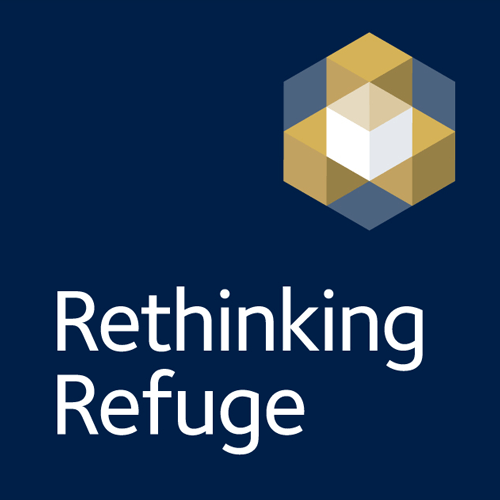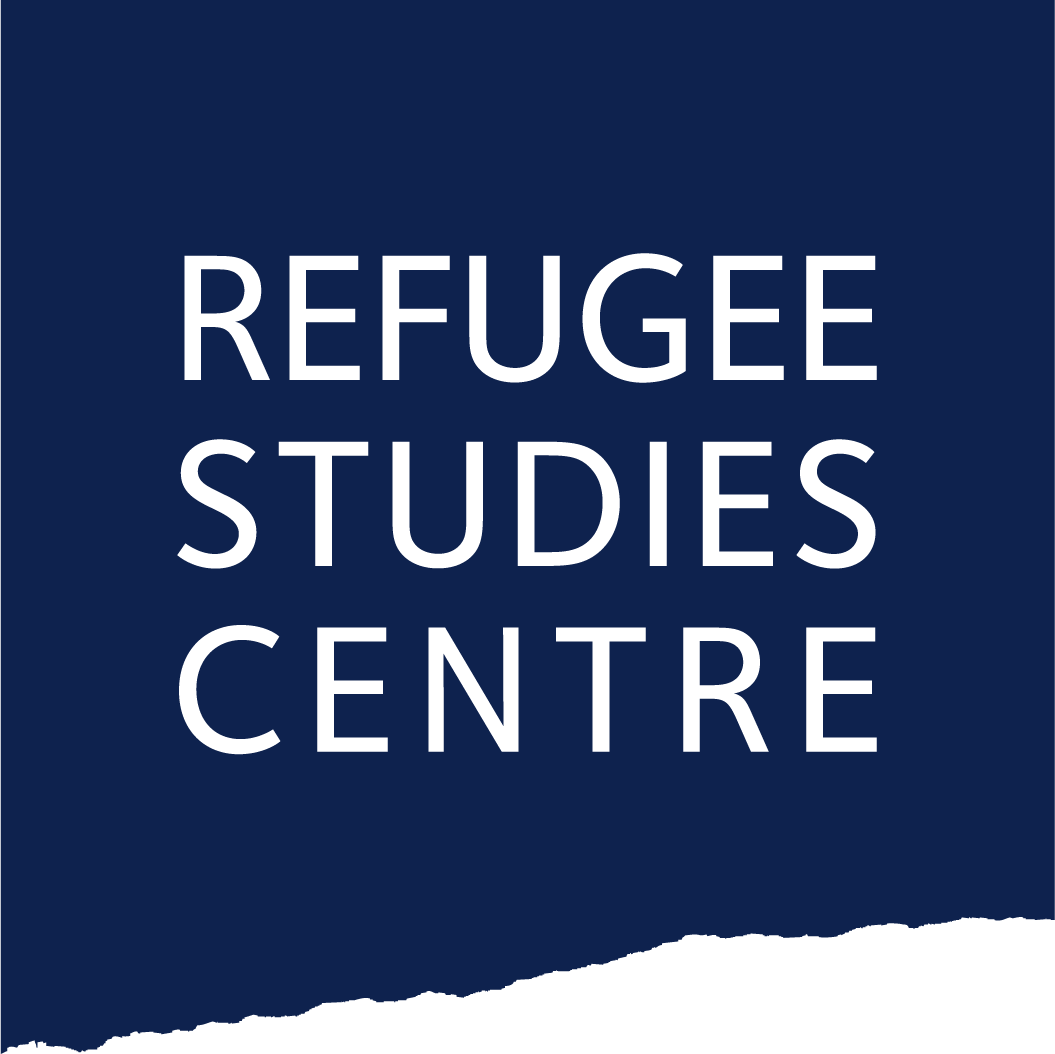
Who Counts in Crises?
Rethinking the Concepts of ‘Migrants’ and ‘Refugees’ in Global Migration Governance
Defining and measuring populations is a core concern for governments, policy-makers, and many other players in the global arena—particularly when it comes to migration and mobility. Even the first objective in the Global Compact on Migration states an aim to ‘collect and utilize accurate and disaggregated data as a basis for evidence-based policies’. Practically, this task matters for informing the scope and scale of services offered to people as they move. Conceptually, these definitions set the stage for claims about the importance of mobility on a global scale. What is more, the words we use to describe people, such as through media, also potentially matter for public understanding by framing issues in certain ways, or linking mobility with other topics.
Rethinking these issues is important because the ‘immigrant’ and ‘refugee’ that many people in receiving countries often imagine does not always match up with the reality presented in datasets and surveys. In the UK case for example, citizens usually think of asylum-seekers when they are asked to identify typical immigrants to Britain, even though this group typically makes up the smallest proportion of arrivals. By contrast, international students are rarely thought of as ‘international migrants’ even though they make up one of the largest groups that are counted in official migration statistics.
This leads to a broader, more fundamental question for migration and mobility studies. Who counts as migrants and refugees, and who gets to do that counting under which circumstances?
Labels and Categories as Products of Governance
Typically, answers to the first question have tended to revolve around claims of legitimacy: the label of ‘refugee’ confers certain legal rights and protections that the term ‘migrant’ does not necessarily carry. Yet, as migration researchers have pointed out in their empirical work, these official categories—and the criteria on which they are based—sometimes conflict with the complex realities of migration drivers, or the lived experiences of people on the move.
In a recent forum with several colleagues, I argued that the figures of ‘the refugee’ and ‘the migrant’ are themselves the products of local, national, and supra-national governance. They are also connected to deeper and longer histories of colonialism, trade, and transportation. Moreover, they obscure the experiences of those who may stay in place—either by choice or by force.
Yet these kinds of longer-term, relational thinking are notably absent from public discussion about contemporary human mobility. Even visual representations of migration that circulate online tend to convey simplified categories and straightforward paths, as I’ve shown in research of charts and graphs, although to be clear some design choices are motivated more by practical constraints rather than overt political views. Nevertheless, they still represent and reinforce among the public particular versions of who refugees and migrants are, where they go, and what impacts they have.
‘Who counts?’ and ‘Who should count?’
There is an important difference between asking ‘who counts?’ and ‘who should count?’. The first is an empirical question. The second is more normative, and, as other colleagues have exemplified using Brexit, doesn’t present a straightforward answer because it involves decisions about societal values and how we view the impacts of human mobility. These decisions go beyond technical aspects, and touch upon deeper questions about what constitutes a ‘good’ society, or how resources are ‘efficiently’ distributed.
Within migration and mobility studies, there is ongoing debate about how to appropriately respond given these ambiguities and potential trade-offs. Some have argued for a degree of disengagement altogether—to do ‘policy irrelevant research’—as a way to preserve the ability to critically examine categories and definitions that are taken for granted.
Others have gone in the other direction by actively proposing ideas such as ‘Refugia’, a loosely-bound and self-governing entity that brings together communities of displaced people. Yet, as several scholars of forced migration have pointed out, interventions like these are themselves prone to either reinforcing existing inequalities between the Global South and Global North, or ignoring an entire history of engagement with refugees and migrants altogether.
What I have continued to advocate for is engaging with our own definitions and established ways of thinking, working, and communicating with groups outside of university settings. Fortunately for migration researchers, there are whole fields of scholarship on this topic that have developed and continue to test new ways of engaging with policy and practice. From public administration studies to evidence and policymaking studies, there are opportunities to learn from other fields about what kinds of interventions work, for whom, and in what circumstances. This kind of approach, which takes account of the situations and processes involved in creating new knowledge, will require greater levels of empathy and patience. But by doing so, it may be able to generate more holistic appreciation of core concepts like refugees and migrants.






